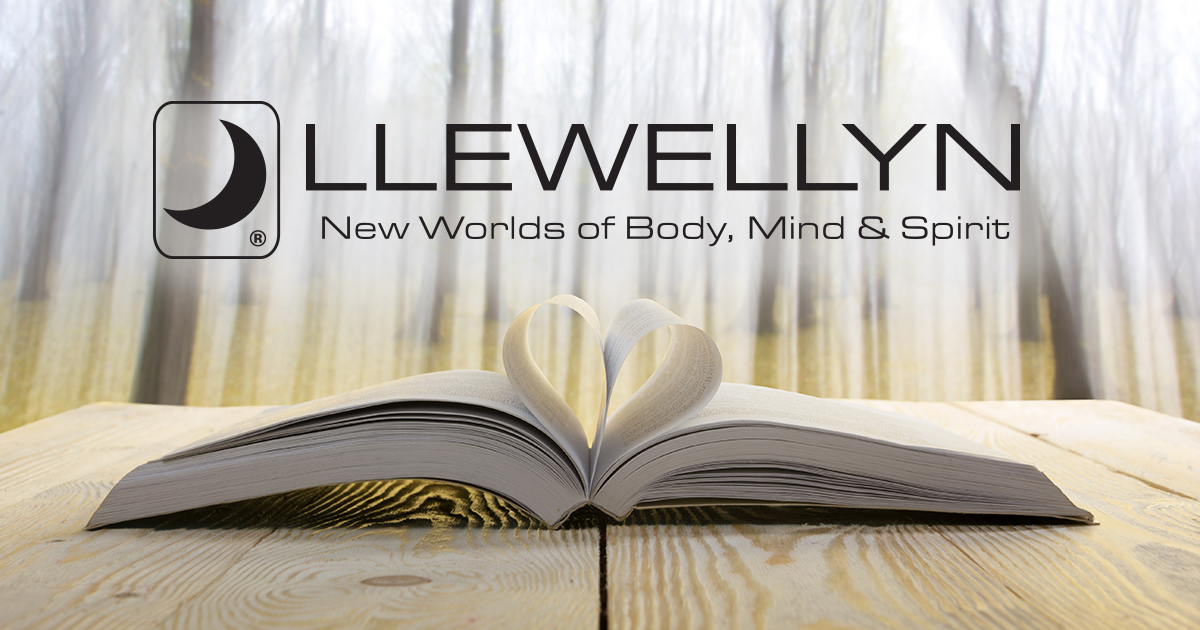





 When you hear the phrase "Golden Dawn Magic," what springs to mind? A spiritual tradition based on the philosophy and teachings attributed to legendary magician Hermes Trismegistus? A Qabalistically-derived system that focuses on the sacredness intertwined throughout the cosmos? A School of the Mysteries that integrates elements of astrology, alchemy, and high magic into its teachings? A society of like-minded seekers that work toward the attainment of spiritual growth and transformative levels of higher consciousness? If all of these things come to mind, then you have a good basic understanding of what Golden Dawn Magic is and what it hopes to accomplish. To manifest the goals of our tradition, Golden Dawn Magic utilizes various techniques of ritual magic, a structured, spiritual practice involving symbols, actions, and repetition to produce a specific objective. Ritual is both idea and action—object as well as that which sets the object into motion. A well-crafted ritual is a compass that gives direction and purpose to our magical work. It allows us to achieve ever-higher states of awareness and gauge our progress because it provides us with an external marker for the inner process of spiritual evolution. Ritual magic is experiential. It must be experienced to have any effect. Western ceremonial magic can be said to resemble a kind of interactive or immersive art encounter, but one with spiritually transformative goals in mind. In ritual, you find many of the trappings of a theatrical play: costumes, regalia, furniture, props, and written scripts that are rehearsed by the participants. In the hands of skilled ritualists working with artful choreography, the ritual drama or re-enactment of an important mythic story or divine legend can be transmuted into a rich and powerful tool for expressing inner mystical experiences. Such rites and ceremonies are tailor-made to captivate our senses and engage us on many levels: physical, emotional, and intellectual, as well as spiritual. The organized structure of ritual magic includes a collection of symbolic elements and techniques that, when skillfully blended, can build a liminal space wherein the art of magic can manifest. From the simplest rite designed for beginners to the most elaborate and detailed group ceremony performed by Adepts, ritual provides the vital blueprint and framework necessary for effective magical work. There are different classifications of ritual according to the varied reasons for which rituals are performed. Broadly, we can list them under the following categories:
Initiation Ceremonies are a ritualized induction to a magical group or into a higher level of the group's teachings. These rituals are, in the truest sense of the word, rites of passage in our tradition, symbolizing a new beginning or the dawning of a new focus in the student's life. Restorative rituals are designed to correct some perceived imbalance or deficiency. Examples include healing rituals, spiritual development rituals, and talisman consecrations. Exploratory rites center around spirit vision work, such as skrying, astral traveling, and rising on the planes. These rituals are meant to explore other spiritual realms and levels of consciousness, and while certainly structured, they often can take on a somewhat free-form approach. The Golden Dawn system includes only one seasonal ritual, the Ceremony of the Equinox, which is performed on the Vernal and Autumnal Equinoxes. However, in recent years, magicians have created seasonal rituals that honor other traditionally sacred times of the year. Anyone who is drawn to the magical arts and considering taking up the practice of ritual magic is usually presented with the choice between seeking out group ceremonies or undertaking solitary ritual work. Both options have advantages and disadvantages aimed at different aspects of the magical quest. Fortunately, many Golden Dawn rituals can be performed individually and collectively, depending on the nature of the work. Both are perfectly valid. Solo ritual work offers the magician:
Group ritual work offers the magician:
Whether performed by the solitary magician or by a group of ritualists working in unison, the transforming power of ritual is a potent tool for personal growth and magical effectiveness. It creates an inner sanctum where we can perfect our magical skills, cultivate our often latent psychic abilities, and craft a blueprint for connecting with the Sacred. Through regular performance of ritual, we are constantly reaffirming our values, reintroducing ourselves to the denizens of the divine realms, and recommitting ourselves to the goal of the Great Work. |

